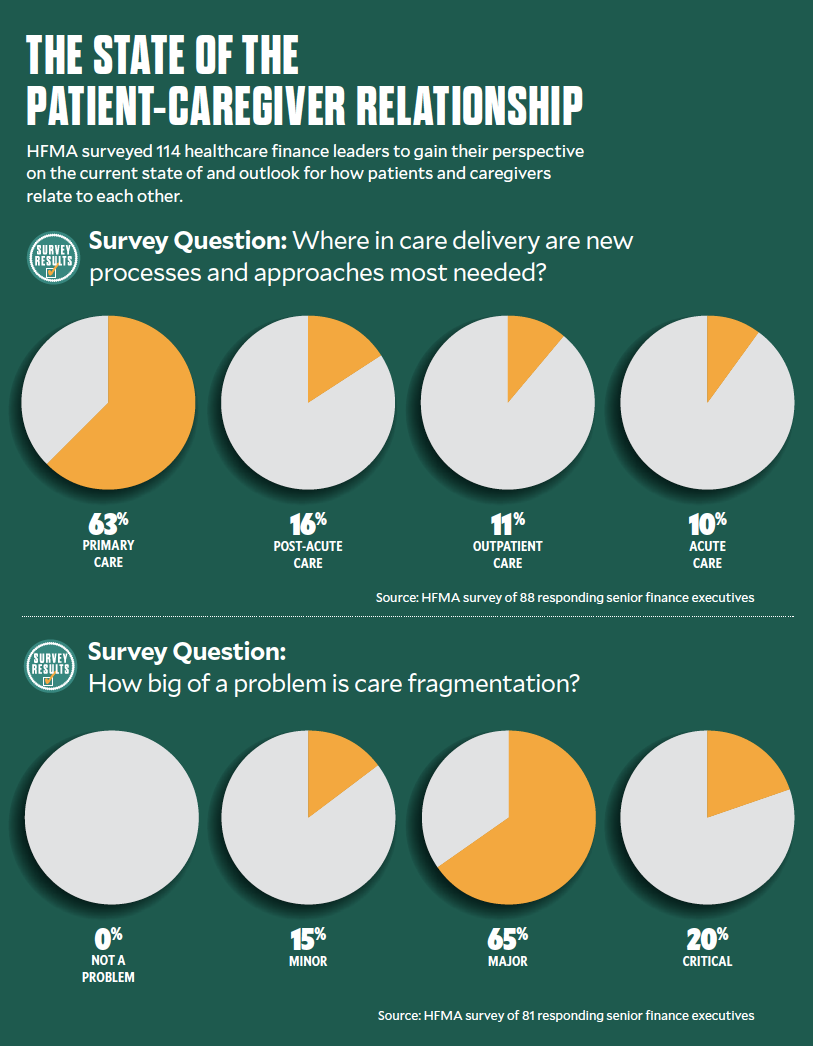PCCI currently is seeking candidates for the upcoming term of its Sachs Summer Scholars. Focusing on offering opportunities for women, the PCCI Sachs Summer Scholars is one of North Texas’ most prestigious internship programs as it immerses students in the world of healthcare technology and science.
Click here to watch a view where 2022 Sachs Summer Scholars share their experiences: https://www.youtube.com/watch?v=h7e4tnoaZdc
Whether your abilities are in data science, technology, research, engineering, project management or one of the many other areas of healthcare administration and support, everyone at PCCI works together to fulfill our mission: pioneering new ways to health. By joining PCCI, you become part of a diverse healthcare legacy that’s served our community for more than 10 years.
Primary Purpose
Advance the representation of women in Data Science and Technology to promote practical applications of analytics, computing and data science. Assists with special projects and research including technology and analytics in healthcare, in order to gain business knowledge and research experience.
Minimum Specifications
Education
- Must be enrolled in a related Bachelor’s degree program at an accredited university, with a minimum of 30 credit hours OR Be a recent college graduate with a four year degree OR Be a current graduate / doctoral student.
Experience
- Worked or currently working on projects related to Natural Language Processing, Artificial Intelligence, Machine Learning, computer vision, image analysis, geocoding, computer science or relevant engineering specializations.
Equivalent Education and/or Experience
- May have an equivalent combination of education and experience to substitute for both the education and the experience requirements.
Skills or Special Abilities:
- Must be computer literate, with basic knowledge of word processing, spreadsheet, and/or database software.
- Excellent problem solving skills; flexible and resourceful to efficiently and effectively meet objectives.
- Must be able to demonstrate exceptional critical thinking skills to solve challenging advanced analytics problems and provide solid solutions.
- Excellent verbal and written communication skills; ability to write and communicate effectively to diverse audiences; presents and represents varying views and perspectives effectively.
- Must be flexible and be able to prioritize and reprioritize projects in line with PCCI leaders to meet deadline and deliverables.
- Must demonstrate exceptional abilities for high level comprehension of projects and environment as well as remain extremely detail oriented for tasks and responsibilities.
- Must be independent and reliable with the ability to drive initiatives to completion.
- A successful history of working collaboratively on research projects and the ability to work productively as either a leader or member in reaching shared objectives.
- Knowledge of clinical informatics and health care settings.
- Must have strong analytic and computer skills in addition to knowledge of database management and data analysis.
- Demonstrate Natural Language Processing, Artificial Intelligence, or Machine Learning skills utilizing any computer software.
- Must be able to demonstrate a working knowledge of program evaluation methods, research skills, management information systems, and strategic planning.
- Highly familiar with database theory, applications, and management systems.
- Must be able to demonstrate a working knowledge of statistical methods & analysis, concepts, practices, and procedures.
- Research and development in areas of predictive modeling, data mining & management, and other advanced analytics in the development of business intelligence and technology transfer.
- Must have working knowledge in advanced data programming language and statistical analysis software. (be able to program in R, Python, Unitex, Lexigram, STATA, SPSS, or SAS statistical software).
- Working knowledge in the following methodologies: risk adjustment, time series analysis, recursive partitioning, quantile regression, boot strapping, instrumental variable analysis, Cox proportional hazard models, dynamic Bayesian and machine learning algorithms, Monte Carlo simulations, or neural networks.
Parkland Health and Hospital System prohibits discrimination based on age (40 or over), race, color, religion, sex (including pregnancy), sexual orientation, gender identity, gender expression, genetic information, disability, national origin, marital status, political belief, or veteran status.
Apply here: https://www.parklandcareers.com/job/Dallas-PCCI-Sachs-Sum-Scholar-Intern-TX-75201/978161000/







 PCCI has released its 2022 Annual Impact Report virtually. PCCI’s 2022 Annual Impact Report outlines PCCI’s efforts over the past year to help support those most in need in our communities.
PCCI has released its 2022 Annual Impact Report virtually. PCCI’s 2022 Annual Impact Report outlines PCCI’s efforts over the past year to help support those most in need in our communities.







